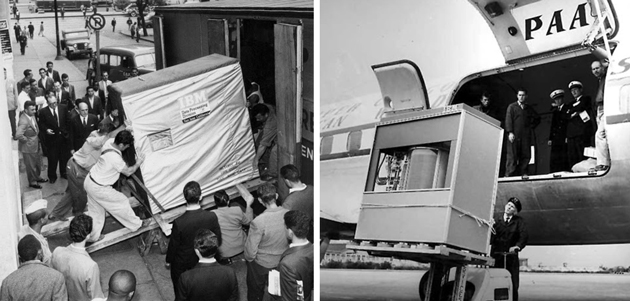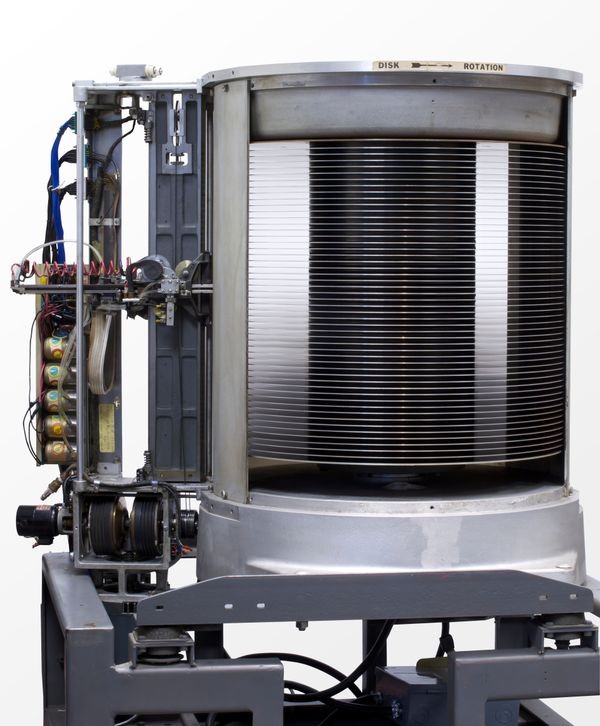
Data storage is an essential component of modern computing, and the history of data storage is a long and fascinating one. The IBM RAMAC 35, introduced in 1956, was a landmark in the history of data storage and played a significant role in the development of modern storage technology.
Before the introduction of the RAMAC 35, data storage was primarily based on magnetic tape. Magnetic tape was slow and cumbersome, and accessing data required physically moving the tape to the correct position. The RAMAC 35 changed all that by introducing the first commercial hard disk drive.
The RAMAC 35 used fifty 24-inch diameter disks to store data, and it could hold up to 5 MB of data. This may not sound like much by today’s standards, but at the time, it was a significant advance in storage technology. The RAMAC 35 was also much faster than magnetic tape, with an average seek time of 600 milliseconds.
The introduction of the RAMAC 35 marked the beginning of a new era in data storage. Hard disk drives became the standard for storing large amounts of data, and they continued to improve in capacity and speed. Today, hard disk drives are used in everything from personal computers to large data centers.
In addition to its technical innovations, the RAMAC 35 also had a significant impact on the business world. The ability to store large amounts of data in a compact and efficient manner allowed businesses to better manage their information and make more informed decisions. This, in turn, helped drive economic growth and innovation.
Today, we continue to push the boundaries of data storage technology. Solid-state drives, which use flash memory instead of spinning disks, offer even faster performance and greater reliability. Cloud storage, which allows data to be stored and accessed over the internet, has also become increasingly popular.
The history of data storage is a testament to the power of innovation and the transformative impact of technology on our lives. The IBM RAMAC 35 was a key milestone in this history, and it paved the way for the modern data storage technologies that we rely on today.










